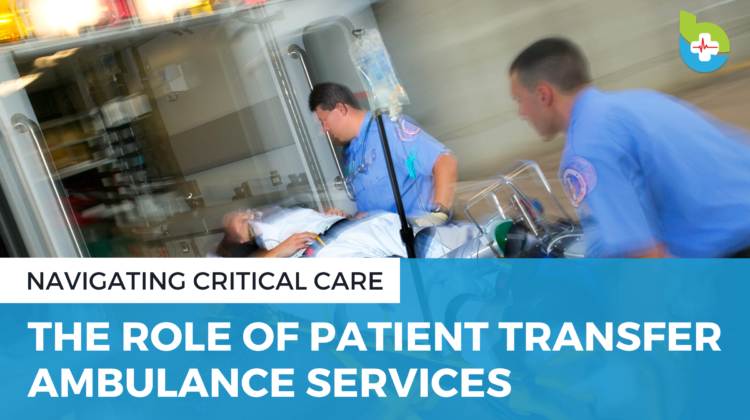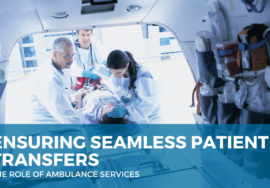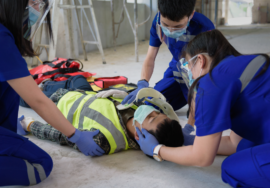
Navigating Critical Care: The Role of Patient Transfer Ambulance Services
Introduction: In the complex world of healthcare, patient transfer ambulance services play a pivotal role in ensuring the seamless transition of individuals from one medical facility to another. This blog post explores the critical functions and significance of these services, shedding light on the unsung heroes who navigate the challenges of critical care with precision and compassion.
Understanding Patient Transfer Ambulance Services: Patient transfer ambulance services specialize in transporting individuals who require medical attention from one healthcare facility to another. This can include transfers between hospitals, clinics, or even from home to a medical institution. The primary goal is to provide a safe and efficient means of transport for patients, especially those in critical condition.
Key Components of Patient Transfer:
- Medical Expertise: Trained medical professionals, often including paramedics or nurses, accompany patients during transfers. Their expertise ensures that patients receive continuous care and monitoring throughout the journey.
- Specialized Equipment: Patient transfer ambulances are equipped with specialized medical equipment tailored to the needs of the patient. This can range from life-support systems to advanced monitoring devices.
- Communication Systems: Effective communication between healthcare facilities and the ambulance crew is crucial. Patient transfer services utilize advanced communication systems to relay critical information and updates in real-time.
Seamless Logistics: Patient transfers involve meticulous planning to ensure a smooth transition. This includes coordinating with both the sending and receiving healthcare facilities, managing paperwork and medical records, and considering the specific medical needs of the patient. The logistics are a carefully orchestrated dance to guarantee a swift and secure transfer.
Challenges in Critical Care Transfers: Navigating through traffic, adverse weather conditions, and unforeseen medical complications are challenges that patient transfer ambulance services face. This section delves into how these services overcome obstacles to deliver patients safely to their destination.
The Human Touch: While technology and logistics are integral, the human aspect of patient transfer ambulance services should not be overlooked. Compassion, empathy, and quick decision-making skills are essential qualities of the professionals who provide care during critical transfers.
Real-Life Stories: This section shares inspiring stories from the frontlines, highlighting the dedication and resilience of patient transfer ambulance crews. These narratives provide a glimpse into the challenges they face and the impact they make on the lives of those they transport.
Conclusion: In the intricate web of healthcare, patient transfer ambulance services serve as lifelines, ensuring that individuals receive the care they need, precisely when they need it. This blog post aims to foster appreciation for the vital role these services play in critical care and encourages a deeper understanding of the challenges and triumphs within this often-overlooked aspect of healthcare.








